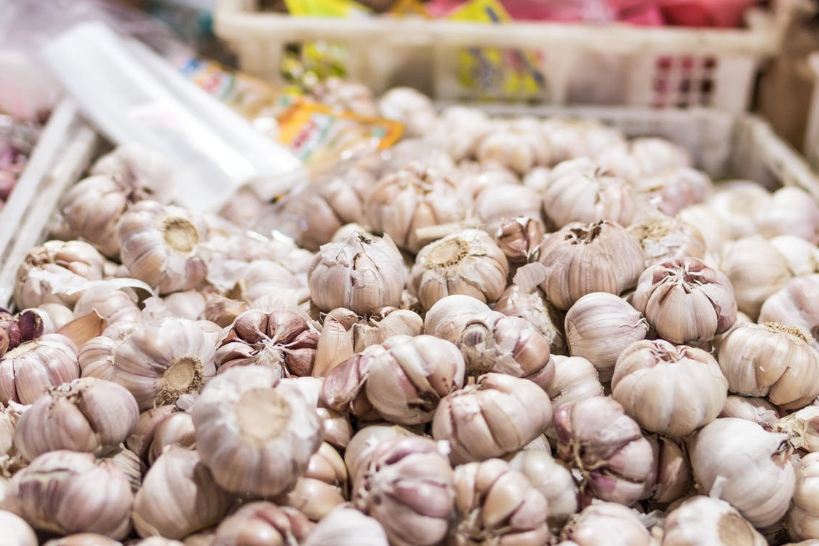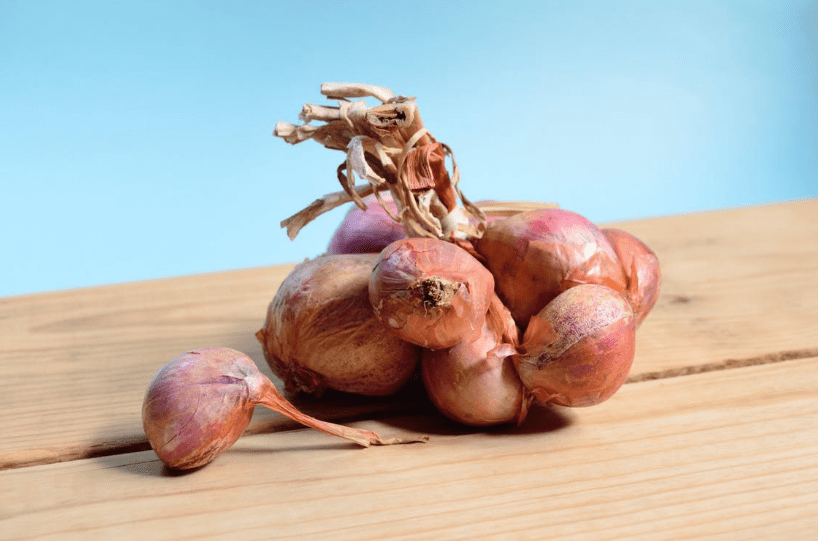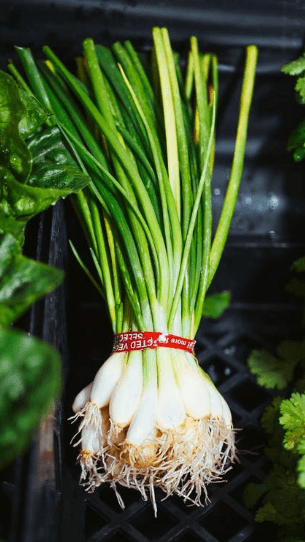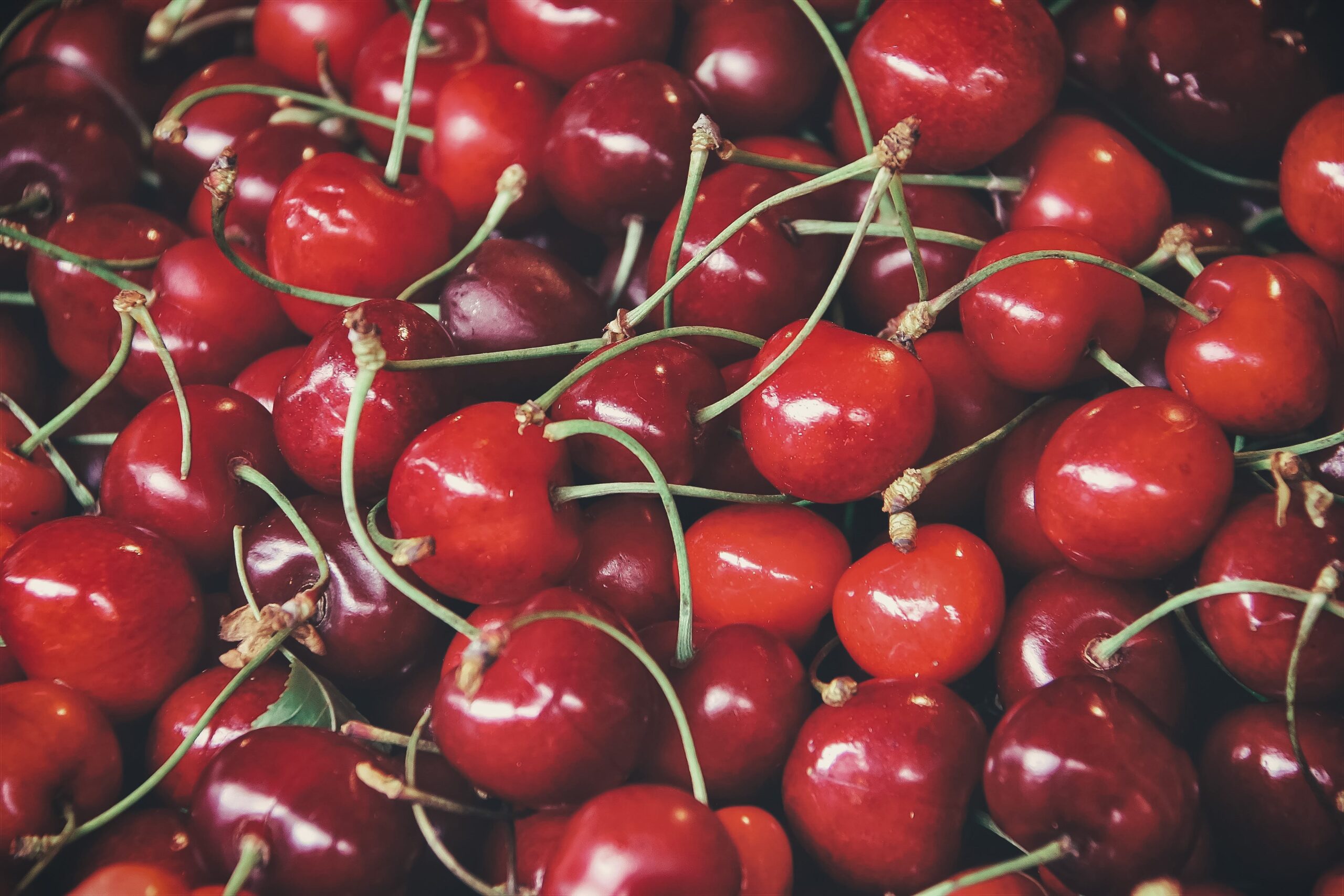Weight Equivalents: Broccoli
Broccoli is actually a cabbage that has been selectively bred over centuries to retain it’s characteristics. Early development and cultivation started in Italy and spread from there throughout Europe and the world. How much does broccoli weigh? Broccoli Bunch Stems and Florets 608g 21.4oz Spear 5″ Long 31g 1.1oz Stalk 151g 5.3oz … Read more
![broccoli-1076652-1920[1]](https://hannaone.com/wp-content/uploads/2017/05/broccoli-1076652-19201.jpg)
![potatoes-1707600-1920[1]](https://hannaone.com/wp-content/uploads/2017/05/potatoes-1707600-19201.jpg)



![almonds-1608184-1920[1]](https://hannaone.com/wp-content/uploads/2017/05/almonds-1608184-19201.jpg)
![pineapples-1353212-1920[1]](https://hannaone.com/wp-content/uploads/2017/05/pineapples-1353212-19201.jpg)

![plum-1561529-1920[1]](https://hannaone.com/wp-content/uploads/2017/05/plum-1561529-19201.jpg)
![peach-853879-1920[1]](https://hannaone.com/wp-content/uploads/2017/05/peach-853879-19201.jpg)

![apricott-808336-1920[1]](https://hannaone.com/wp-content/uploads/2017/05/apricott-808336-19201.jpg)